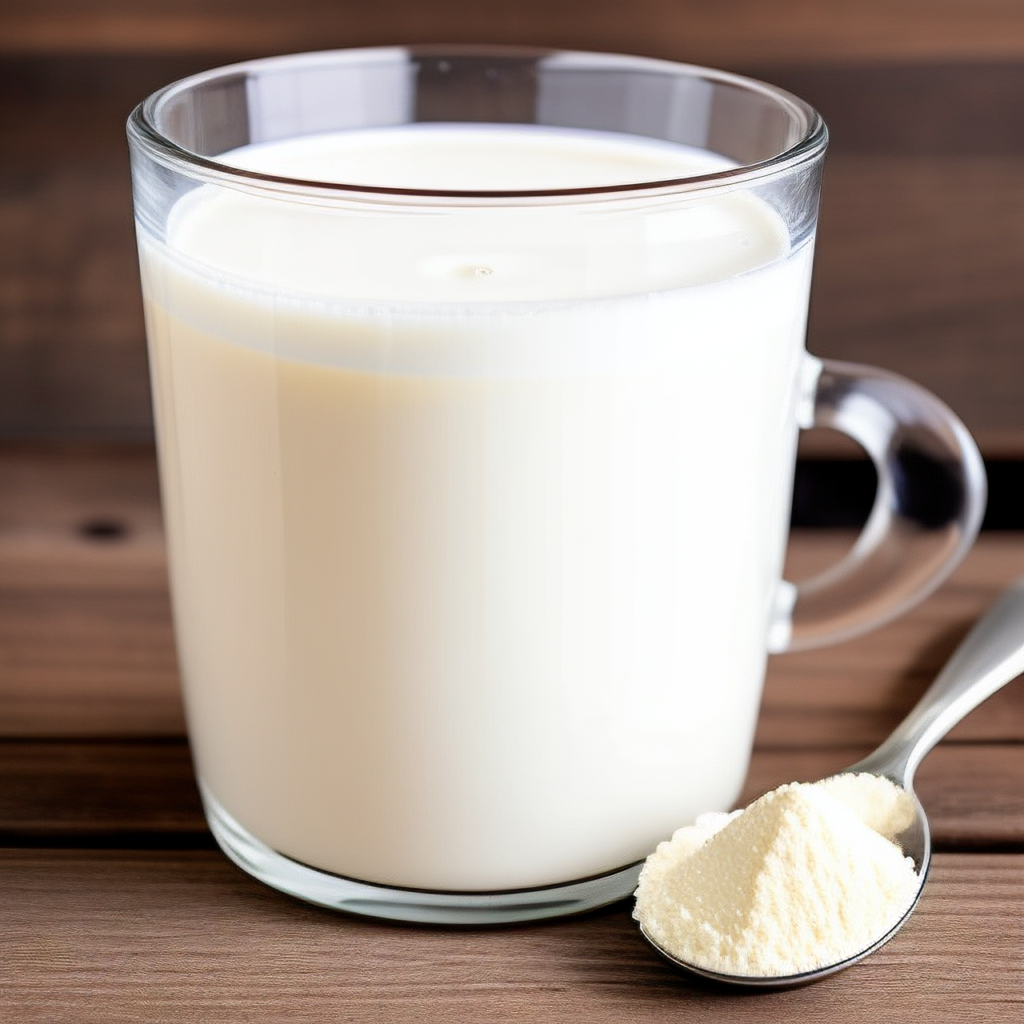Imagine this: it’s feeding time, and you have just prepared a bottle of formula for your toddler. After following all instructions, measuring each scoop, and making sure the temperature is optimal, your child instead grimaces and pushes away their bottle and cries inconsolably – leaving you frustrated, confused, and helpless all at once.
Welcome to the world of formula feeding, an essential yet challenging task. If your infant has turned down their bottle unexpectedly, don’t take it personally; many parents face similar issues. So what could be causing their rejection of the formula? Could it be its taste, or is another factor at play here?
We will explore the possible reasons why your baby refuses to drink formula, including infant taste preferences and formula components, signs that your little one refuses their bottle, and actionable strategies that may help your little one accept their formula and ensure they receive adequate nutrition.
Recognizing the Signs Baby Doesn’t Like Formula Taste
Transitioning your baby from breast milk to formula is an important milestone, which may present you and them with unique challenges. One such challenge could be their rejection of its taste – knowing when this may happen can help facilitate this transition more smoothly and effectively. Understanding and recognizing signs they don’t like what’s being offered could be key.
Here is a comprehensive list of indicators during this critical transitional phase:
– Reluctance or Refusal to Feed: Your baby may turn their head away when you try to feed them, push away from you when giving their bottle, or refuse to open their mouth.
– Unsettled Behavior during Feeds: If your baby appears distressed during feeds or is fussing or crying, this could be a telltale sign that they don’t like the formula’s taste.
– Frequent Spitting Up or Vomiting: While occasional spit-up is natural, frequent instances could indicate displeasure with their formula.
– Changes in Eating Patterns: Babies who do not enjoy the taste of their formula might begin eating less frequently, showing signs of hunger but refusing to eat or engaging in irregular feeding habits.
– Sudden Alterations to Bowel Movements: While switching formula can alter bowel movements in babies, sudden or extreme changes could indicate taste/composition issues with their formula.
– Persistent Hunger or Weight Loss: If your infant appears constantly hungry or shows significant weight loss, it cannot take enough formula due to its taste.
– Grimacing or Other Facial Expressions: While feeding, your baby might display various facial expressions of displeasure, such as grimacing, wrinkled nose, or other signals indicating distaste for what they are receiving.
Remember, every baby is unique, so that these signs may manifest differently for some infants or not at all. If you notice these symptoms and suspect your infant doesn’t like the taste of their formula, consulting with healthcare professionals could be helpful to identify potential solutions or alternatives for future feedings. Transitioning to formula feeding is a journey that demands patience, understanding, and attentive observation from you as a parent.

How to Make Baby Formula Taste Better
You can employ various strategies to increase the palatability of baby formula, to make it more appealing.
First, the type of formula you use can significantly impact its taste. Powdered formula, in particular, requires precise measurements to create an appealing balance in flavor – too much water could result in bland flavors while too little could create off-putting and strong ones; to achieve optimal taste, it is therefore essential to follow manufacturer instructions when making powdered formula.
Another good method is to mix a small amounts of breast milk with the formula. This creates a familiar taste for your child and ease their transition from breast to formula consumption. Gradually increase the ratio between formula and breast milk until they can safely consume only formula alone.
When it comes to sweetening baby formula, it is important to do this carefully. You don’t want to get your baby addicted to sugars at this early age. So pure sugar or artificial sweeteners such as Karo syrup should never be used directly as sweeteners. A better solution is adding some unsweetened fruit juice, such as prune juice which adds just enough sweetness to the formula.
Once your baby has begun eating solids, adding baby cereal can be another practical addition. When added to the formula, baby cereal can change the texture slightly, adding new flavors that might appeal more strongly to them. Just be sure that any change is gradual to prevent too thick of consistency for them to manage comfortably.
Remember that every baby is different, and what works for one may not work for another. Patience, persistence, and observation will be essential throughout this process.
Strategies to Help Your Baby Accept Formula
Transitioning your baby to formula can be a complex and trying experience, but with patience and the appropriate strategies, it’s possible to make bottle feeding an enjoyable experience for them.
One key consideration when it comes to bottle feeding is finding a comfortable nipple for your infant. Babies can be picky about the texture and flow rate of their feeding bottle’s nipple; some prefer slower flow rates, while others prefer faster ones. Experimentation can help find one your child finds appealing so formula becomes more widely accepted by them.
The temperature of the formula is also an essential factor. While warming formula isn’t required, some babies might prefer it at body temperature, like breast milk, for easier transitioning. Offering warmed formula may make this transition smoother, but make sure not too hot.
Gradual Introduction is critical when transitioning your baby from breast milk to formula. Instead of making an abrupt switch, introducing small amounts of formula alongside breast milk, gradually increasing it over time – this gradual approach allows your child to adjust. It can help avoid refusal of their new taste!
Another good strategy is having someone else in your family feeding the baby. If you are the one that typically breastfeeds the baby, then your baby might not feel comfortable accepting bottle feeding from you. Changing the person who feeds the baby would then make it easier to change the dynamics and allow the baby to more readily accept the bottle.
On your journey to helping your baby accept formula, you must remain patient and attentive to their cues. Every baby is different; take time to find what works for yours; when in doubt, consult a healthcare professional so any changes made reflect their nutritional requirements.
Learn how to properly prepare baby formula.
Understanding Various Types of Infant Formulas
Knowing all your formula options and their differences will enable you to make an informed decision for your child.
What’s in Your Baby’s Formula?
Infant formula is scientifically designed to closely mimic breast milk in terms of nutrition, providing your baby with everything they need for growth and development. Most formulas contain protein sources, carb sources, fat sources, and additional vitamins and minerals as part of their main ingredients.
The baby formula typically uses proteins from cow’s milk; however, babies with allergies or sensitivities may use soy or hydrolyzed proteins that are easier to digest. Lactose provides energy, while the fat blend offers essential fatty acids essential for brain development.
Some formulas contain added prebiotics and probiotics to support digestive health or specific nutrients like DHA, and ARA believed to promote brain and eye development. Please be aware that particular compositions may vary between types and brands of formula.
The Taste Factor: Comparing Different Types of Formula
Taste can vary dramatically when selecting an infant formula, due to factors such as its type and source of protein. For instance, formulas derived from cow’s milk protein may have a distinct taste compared to soy-based or hypoallergenic varieties.
Cow’s milk-based formulas are the most frequently consumed, often having a subtle and creamy taste. Soy-based formulas, intended for babies with lactose intolerance, tend to have more distinct and sweeter tastes due to the use of corn syrup or sucrose as carbohydrate sources. Hypoallergenic formulas for those suffering from allergies often feature specially hydrolyzed proteins with distinct flavor profiles.
Sensitivities to taste differ between babies, and yours might prefer one type of formula over another. Understanding different flavor profiles will help you choose one that not only tolerates but also enjoys. Always consult a healthcare provider when making this important decision for the sake of both their nutritional needs as well as yours!

Possible Health Issues Related to Formula Rejection
Parental anxiety often escalates when their baby consistently rejects formula. While taste preference or adjustment periods could be contributing factors, persistent refusal could indicate potential health concerns that must be addressed promptly to ensure your baby meets all their nutritional requirements. Being aware of potential issues will enable you to take the necessary steps to complete them successfully.
Food Allergies or Intolerances
A food allergy or intolerance is one of the more frequently reported health complications related to formula rejection. Babies can become sensitive to specific proteins found in formula, particularly those made with cow’s milk proteins, which leads to fussiness during or after feedings, vomiting, diarrhea, and skin rashes if this allergy or intolerance persists. If this is suspected as being present, parents must consult a healthcare provider who may suggest switching to hypoallergenic or soy-based formula.
Gastroesophageal Reflux
Gastroesophageal Reflux Disease (GER) may contribute to formula rejection. GER occurs when stomach contents, including formula, flow backward into the esophagus, causing discomfort – symptoms can include frequent crying and refusing to eat. If your child shows signs of GER, seek medical advice immediately – treatments range from changing feeding practices or unique formulas to unique formulas as possible solutions.
Oral Aversion
Another potential factor behind formula rejection is oral Aversion Disorder (OAD), in which infants develop an intense dislike for anything that touches their mouth. OAD could develop due to prolonged tube feedings, reflux issues, or any traumatic experiences related to feeding; when this condition exists, a baby might refuse food and even resist pacifiers; should this occur, seek advice and treatment options from healthcare providers or feeding specialists immediately.

Final Thought
Through this article, we have explored the diverse world of infant formulas, their varied flavors, and potential reasons for rejection by babies. From decoding the signs of formula aversion to exploring potential health concerns and innovative solutions to enhance taste enhancement, we’ve traversed an expansive terrain of knowledge and strategies.
Every child develops at their rate, taking time to adapt to new experiences and tastes. Although it might take longer for your baby to accept formula, this is a challenge many parents face, and patience is often crucial when trying new foods with your little one.
Take comfort in knowing you are not alone on this journey; healthcare professionals, support groups, and numerous resources are there to guide your early feeding adventures. Trust in yourself, lean on those around you for support, and remember to celebrate small victories along the way!
These first moments of early parenthood mark the start of an incredible journey of getting to know your baby. Although feeding may present unique challenges at first, over time, they will give way to new experiences, joys, and discoveries – such as understanding your child’s taste preferences as they come along and the many joyful milestones yet unfulfilled!

